Author Photo And Bio
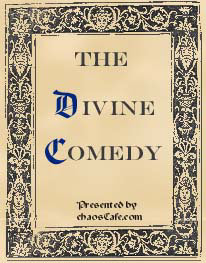 1. The Divine Comedy by Dante Alighieri (1321). Dante’s poetic trilogy traces the journey of a man’s soul from darkness (The Inferno) to the revelation of divine light (Paradiso) while providing commentary and gossip about the politics and prominent families of Florence. Led in his pilgrimage through the underworld and purgatory by the Greek poet, Virgil, Dante is escorted into paradise by his early beloved, Beatrice, while learning that, in order to ascend, he must be transformed.
1. The Divine Comedy by Dante Alighieri (1321). Dante’s poetic trilogy traces the journey of a man’s soul from darkness (The Inferno) to the revelation of divine light (Paradiso) while providing commentary and gossip about the politics and prominent families of Florence. Led in his pilgrimage through the underworld and purgatory by the Greek poet, Virgil, Dante is escorted into paradise by his early beloved, Beatrice, while learning that, in order to ascend, he must be transformed.
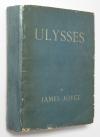 2. Ulysses by James Joyce (1922). Filled with convoluted plotting, scrambled syntax, puns, neologisms, and arcane mythological allusions, Ulysses recounts the misadventures of schlubby Dublin advertising salesman Leopold Bloom on a single day, June 16, 1904. As Everyman Bloom and a host of other characters act out, on a banal and quotidian scale, the major episodes of Homer’s Odyssey —including encounters with modern-day sirens and a Cyclops —Joyce’s bawdy mock-epic suggests the improbability, perhaps even the pointlessness, of heroism in the modern age.
2. Ulysses by James Joyce (1922). Filled with convoluted plotting, scrambled syntax, puns, neologisms, and arcane mythological allusions, Ulysses recounts the misadventures of schlubby Dublin advertising salesman Leopold Bloom on a single day, June 16, 1904. As Everyman Bloom and a host of other characters act out, on a banal and quotidian scale, the major episodes of Homer’s Odyssey —including encounters with modern-day sirens and a Cyclops —Joyce’s bawdy mock-epic suggests the improbability, perhaps even the pointlessness, of heroism in the modern age.
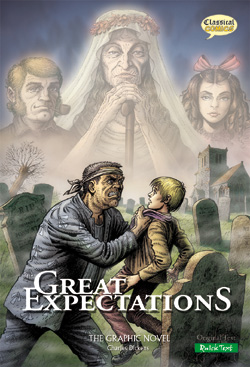 3. Great Expectations by Charles Dickens (1860–61). Dickens gives a twist to an ancient storyline —of the child of royal birth raised in humble surroundings. Looking back on his life, Pip describes his poor youth near marshes in rural England —his chance encounter with a murderous convict, his experiences with the strange Miss Havisham, who always wears a wedding dress, and his love for her beautiful adopted daughter Estella. As he approaches adulthood, Pip learns that he has a secret benefactor who arranges opportunities for him in London, wherein lies the tale, and the twist.
3. Great Expectations by Charles Dickens (1860–61). Dickens gives a twist to an ancient storyline —of the child of royal birth raised in humble surroundings. Looking back on his life, Pip describes his poor youth near marshes in rural England —his chance encounter with a murderous convict, his experiences with the strange Miss Havisham, who always wears a wedding dress, and his love for her beautiful adopted daughter Estella. As he approaches adulthood, Pip learns that he has a secret benefactor who arranges opportunities for him in London, wherein lies the tale, and the twist.
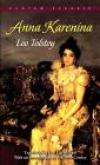 4. Anna Karenina by Leo Tolstoy (1877). Anna’s adulterous love affair with Count Vronsky —which follows an inevitable, devastating road from their dizzyingly erotic first encounter at a ball to Anna’s exile from society and her famous, fearful end —is a masterwork of tragic love. What makes the novel so deeply satisfying, though, is how Tolstoy balances the story of Anna’s passion with a second semiautobiographical story of Levin’s spirituality and domesticity. Levin commits his life to simple human values: his marriage to Kitty, his faith in God, and his farming. Tolstoy enchants us with Anna’s sin, then proceeds to educate us with Levin’s virtue.
4. Anna Karenina by Leo Tolstoy (1877). Anna’s adulterous love affair with Count Vronsky —which follows an inevitable, devastating road from their dizzyingly erotic first encounter at a ball to Anna’s exile from society and her famous, fearful end —is a masterwork of tragic love. What makes the novel so deeply satisfying, though, is how Tolstoy balances the story of Anna’s passion with a second semiautobiographical story of Levin’s spirituality and domesticity. Levin commits his life to simple human values: his marriage to Kitty, his faith in God, and his farming. Tolstoy enchants us with Anna’s sin, then proceeds to educate us with Levin’s virtue.
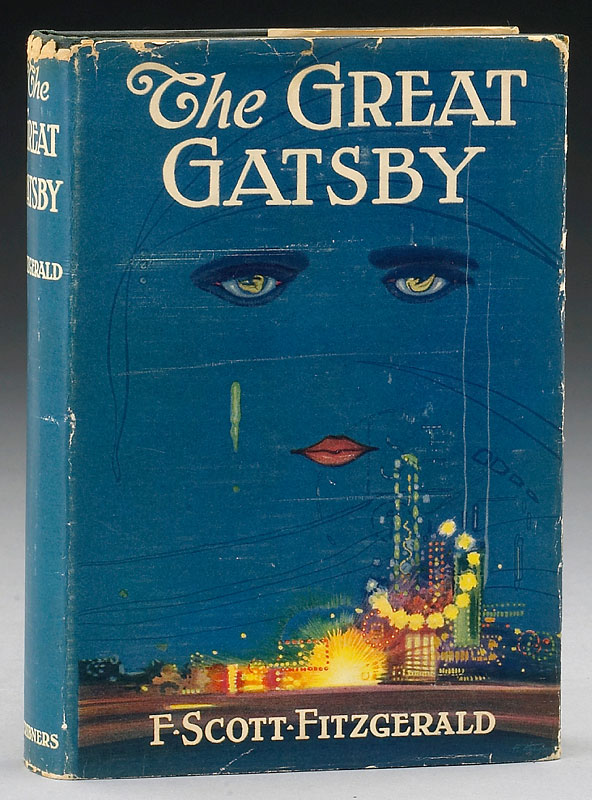 5. The Great Gatsby by F. Scott Fitzgerald (1925). Perhaps the most searching fable of the American Dream ever written, this glittering novel of the Jazz Age paints an unforgettable portrait of its day — the flappers, the bootleg gin, the careless, giddy wealth. Self-made millionaire Jay Gatsby, determined to win back the heart of the girl he loved and lost, emerges as an emblem for romantic yearning, and the novel’s narrator, Nick Carroway, brilliantly illuminates the post–World War I end to American innocence.
5. The Great Gatsby by F. Scott Fitzgerald (1925). Perhaps the most searching fable of the American Dream ever written, this glittering novel of the Jazz Age paints an unforgettable portrait of its day — the flappers, the bootleg gin, the careless, giddy wealth. Self-made millionaire Jay Gatsby, determined to win back the heart of the girl he loved and lost, emerges as an emblem for romantic yearning, and the novel’s narrator, Nick Carroway, brilliantly illuminates the post–World War I end to American innocence.
 6. To Kill a Mockingbird by Harper Lee (1960). Tomboy Scout and her brother Jem are the children of the profoundly decent widower Atticus Finch, a small-town Alabama lawyer defending a black man accused of raping a white woman. Although Tom Robinson’s trial is the centerpiece of this Pulitzer Prize–winning novel —raising profound questions of race and conscience —this is, at heart, a tale about the fears and mysteries of growing up, as the children learn about bravery, empathy, and societal expectations through a series of evocative set pieces that conjure the Depression-era South.
6. To Kill a Mockingbird by Harper Lee (1960). Tomboy Scout and her brother Jem are the children of the profoundly decent widower Atticus Finch, a small-town Alabama lawyer defending a black man accused of raping a white woman. Although Tom Robinson’s trial is the centerpiece of this Pulitzer Prize–winning novel —raising profound questions of race and conscience —this is, at heart, a tale about the fears and mysteries of growing up, as the children learn about bravery, empathy, and societal expectations through a series of evocative set pieces that conjure the Depression-era South.
 7. Jane Eyre by Charlotte Brontë (1847). Like Wuthering Heights, this is a romance set in the isolated moors of rural England the Brontës called home. Its title character is an exceptionally independent orphan who becomes governess to the children of an appealing but troubled character, Mr. Rochester. As their love develops, the author introduces a host of memorable characters and a shattering secret before sending Jane on yet another arduous journey.
7. Jane Eyre by Charlotte Brontë (1847). Like Wuthering Heights, this is a romance set in the isolated moors of rural England the Brontës called home. Its title character is an exceptionally independent orphan who becomes governess to the children of an appealing but troubled character, Mr. Rochester. As their love develops, the author introduces a host of memorable characters and a shattering secret before sending Jane on yet another arduous journey.
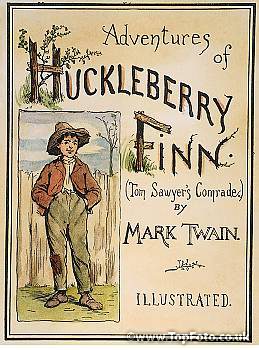 8. Adventures of Huckleberry Finn by Mark Twain (1884). Hemingway proclaimed, “All modern American literature comes from . . . ‘Huckleberry Finn.’ ” But one can read it simply as a straightforward adventure story in which two comrades of conve nience, the parentally abused rascal Huck and fugitive slave Jim, escape the laws and conventions of society on a raft trip down the Mississippi. Alternatively, it’s a subversive satire in which Twain uses the only superficially naïve Huck to comment bitingly on the evils of racial bigotry, religious hypocrisy, and capitalist greed he observes in a host of other largely unsympathetic characters. Huck’s climactic decision to “light out for the Territory ahead of the rest” rather than submit to the starched standards of “civilization” reflects a uniquely American strain of individualism and nonconformity stretching from Daniel Boone to Easy Rider.
8. Adventures of Huckleberry Finn by Mark Twain (1884). Hemingway proclaimed, “All modern American literature comes from . . . ‘Huckleberry Finn.’ ” But one can read it simply as a straightforward adventure story in which two comrades of conve nience, the parentally abused rascal Huck and fugitive slave Jim, escape the laws and conventions of society on a raft trip down the Mississippi. Alternatively, it’s a subversive satire in which Twain uses the only superficially naïve Huck to comment bitingly on the evils of racial bigotry, religious hypocrisy, and capitalist greed he observes in a host of other largely unsympathetic characters. Huck’s climactic decision to “light out for the Territory ahead of the rest” rather than submit to the starched standards of “civilization” reflects a uniquely American strain of individualism and nonconformity stretching from Daniel Boone to Easy Rider.
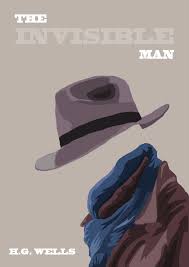 9. Invisible Man by Ralph Ellison (1952). This modernist novel follows the bizarre, often surreal adventures of an unnamed narrator, a black man, whose identity becomes a battleground in racially divided America. Expected to be submissive and obedient in the South, he must decipher the often contradictory rules whites set for a black man’s behavior. Traveling north to Harlem, he meets white leaders intent on controlling and manipulating him. Desperate to seize control of his life, he imitates Dostoevsky’s underground man, escaping down a manhole where he vows to remain until he can define himself. The book’s famous last line, “Who knows, but that on the lower frequencies I speak for you,” suggests how it transcends race to tell a universal story of the quest for self-determination.
9. Invisible Man by Ralph Ellison (1952). This modernist novel follows the bizarre, often surreal adventures of an unnamed narrator, a black man, whose identity becomes a battleground in racially divided America. Expected to be submissive and obedient in the South, he must decipher the often contradictory rules whites set for a black man’s behavior. Traveling north to Harlem, he meets white leaders intent on controlling and manipulating him. Desperate to seize control of his life, he imitates Dostoevsky’s underground man, escaping down a manhole where he vows to remain until he can define himself. The book’s famous last line, “Who knows, but that on the lower frequencies I speak for you,” suggests how it transcends race to tell a universal story of the quest for self-determination.
 10. Les Misérables by Victor Hugo (1862). Twenty years in the writing, this masterpiece of melodrama sweeps across unspeakable poverty, assumed identities, the sewers of Paris, and the battle of Waterloo while also making time for love, politics, architecture, history, and Hugo’s burning invective against social inequities. The novel’s central struggle —between good-hearted prison escapee Jean Valjean and the indefatigable, by-the-book detective Javert —is about the need to temper the law with mercy and redemption, qualities often sorely lacking in Hugo’s time.
10. Les Misérables by Victor Hugo (1862). Twenty years in the writing, this masterpiece of melodrama sweeps across unspeakable poverty, assumed identities, the sewers of Paris, and the battle of Waterloo while also making time for love, politics, architecture, history, and Hugo’s burning invective against social inequities. The novel’s central struggle —between good-hearted prison escapee Jean Valjean and the indefatigable, by-the-book detective Javert —is about the need to temper the law with mercy and redemption, qualities often sorely lacking in Hugo’s time.